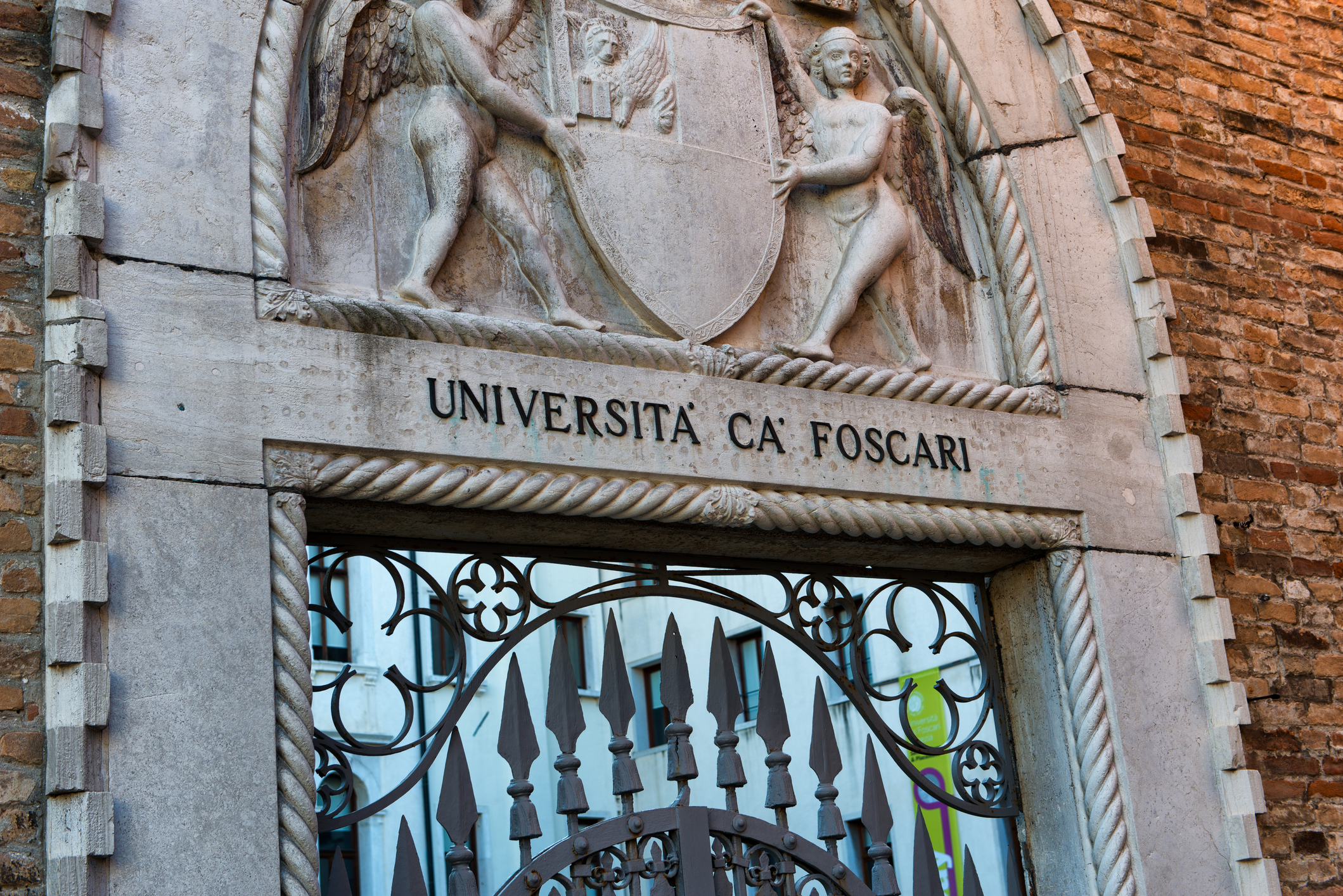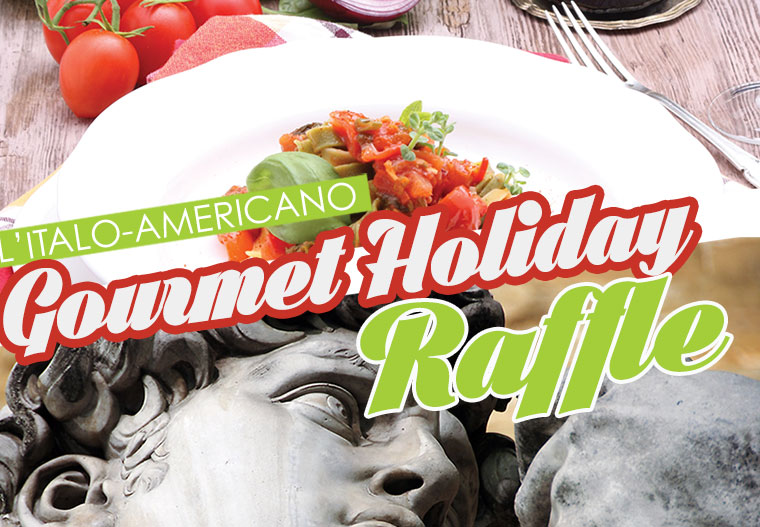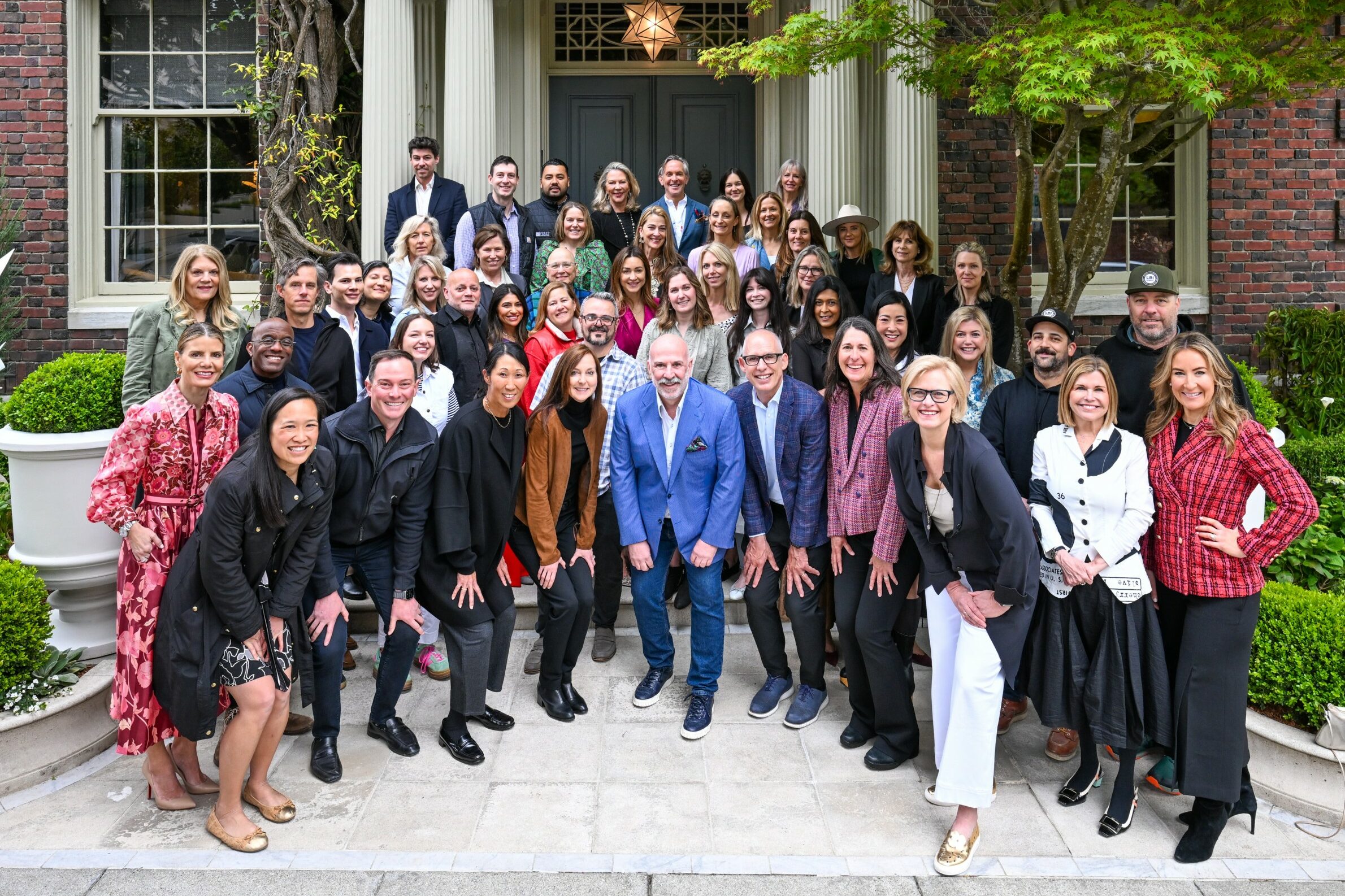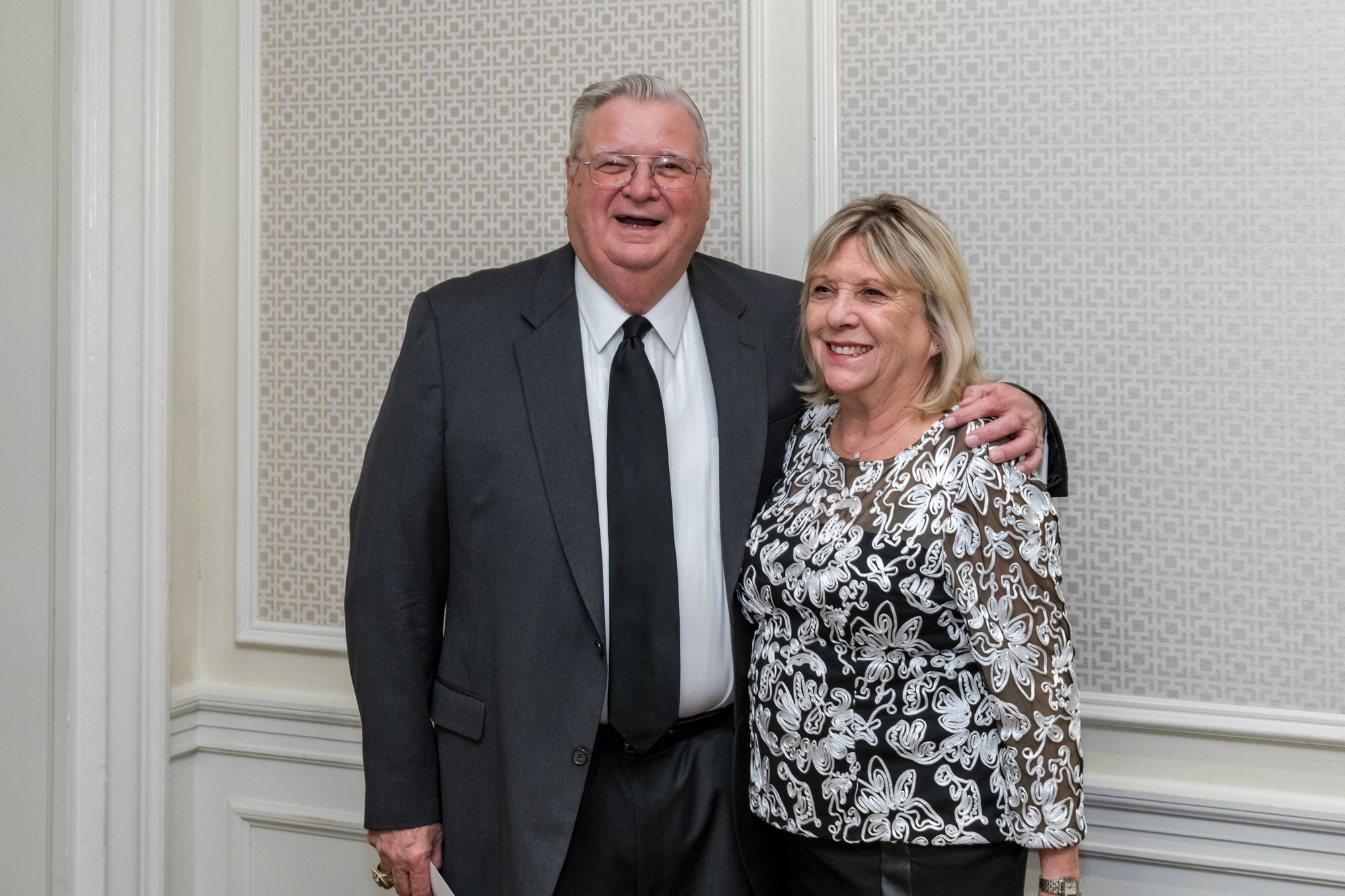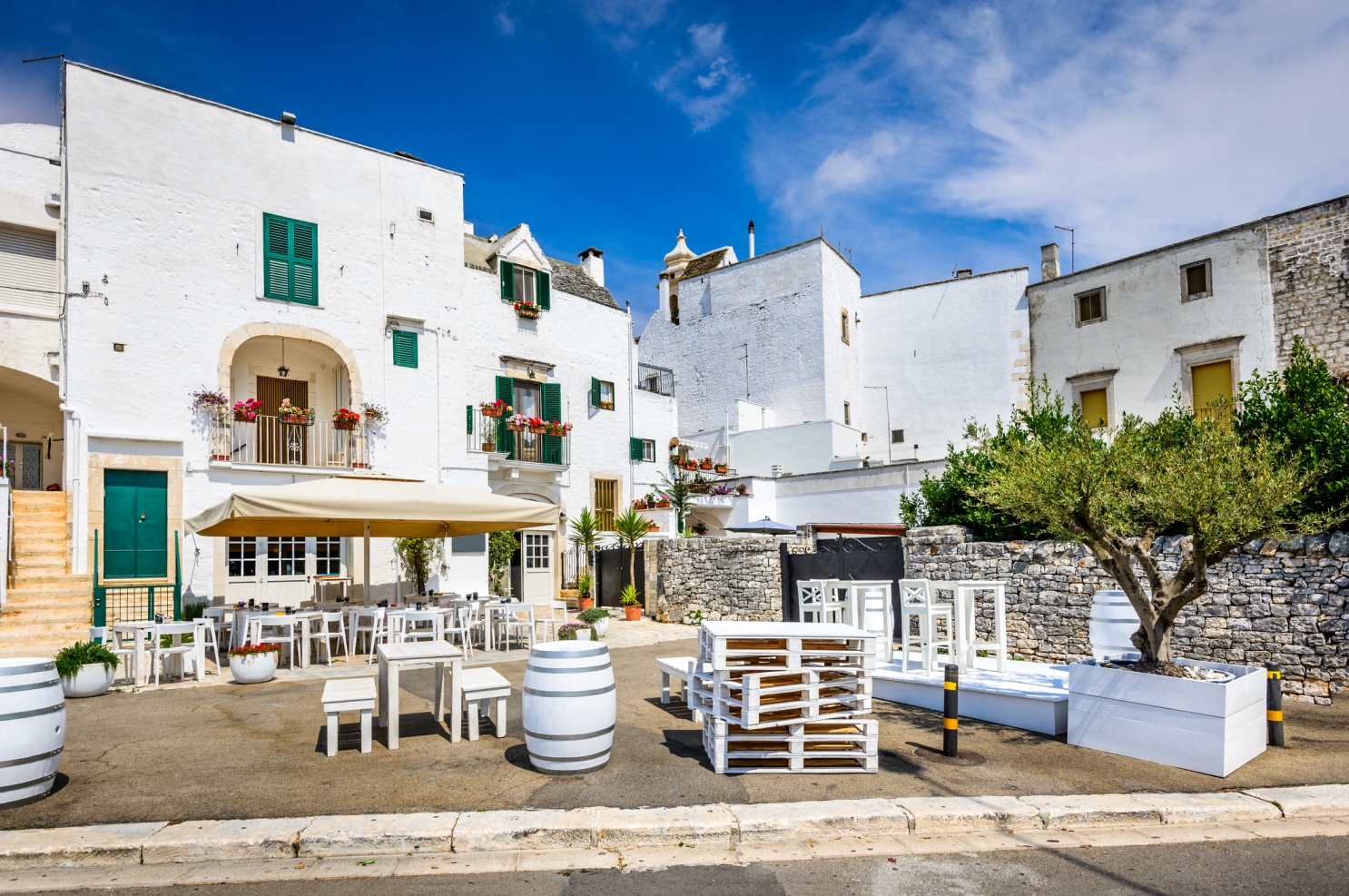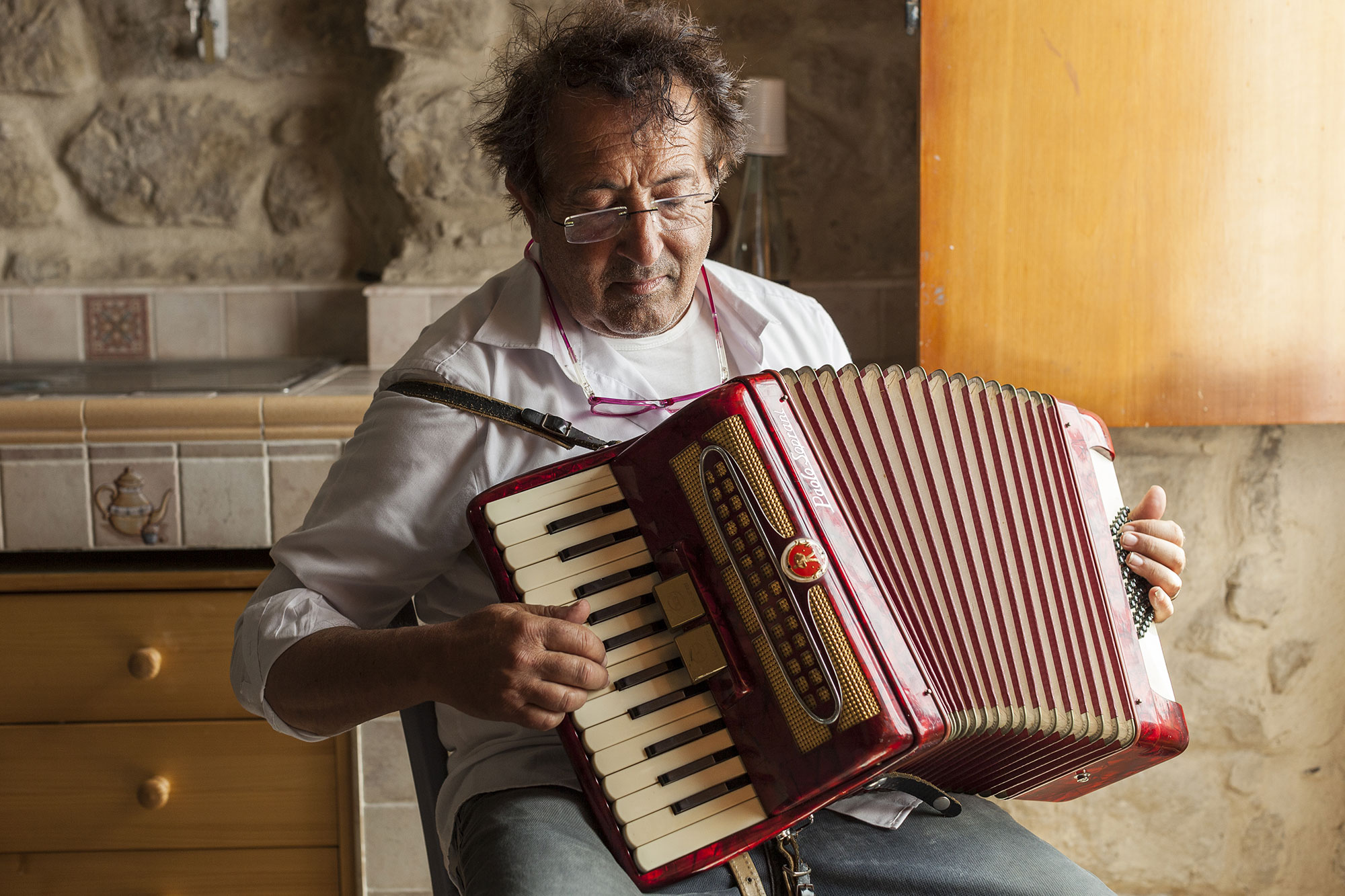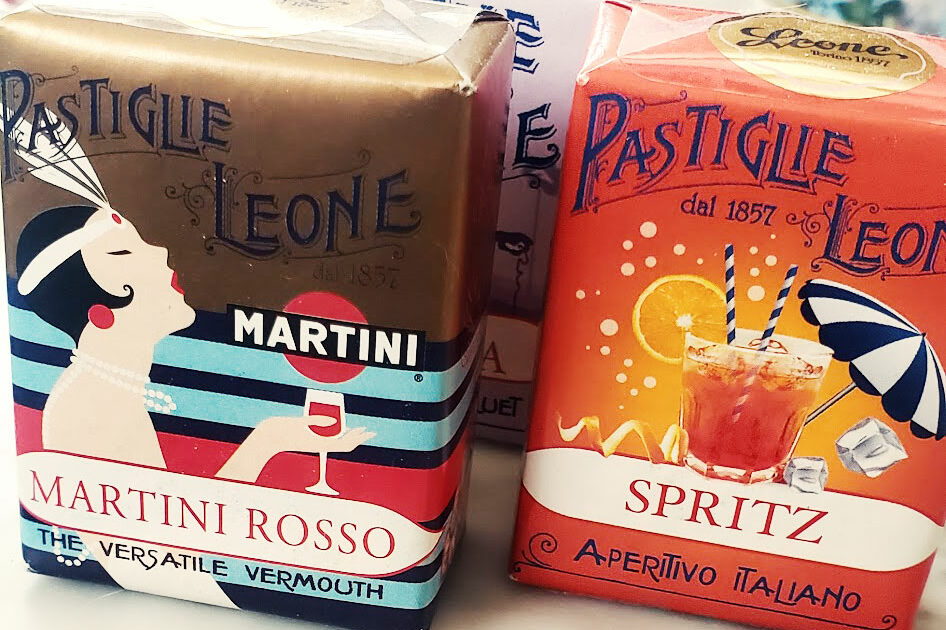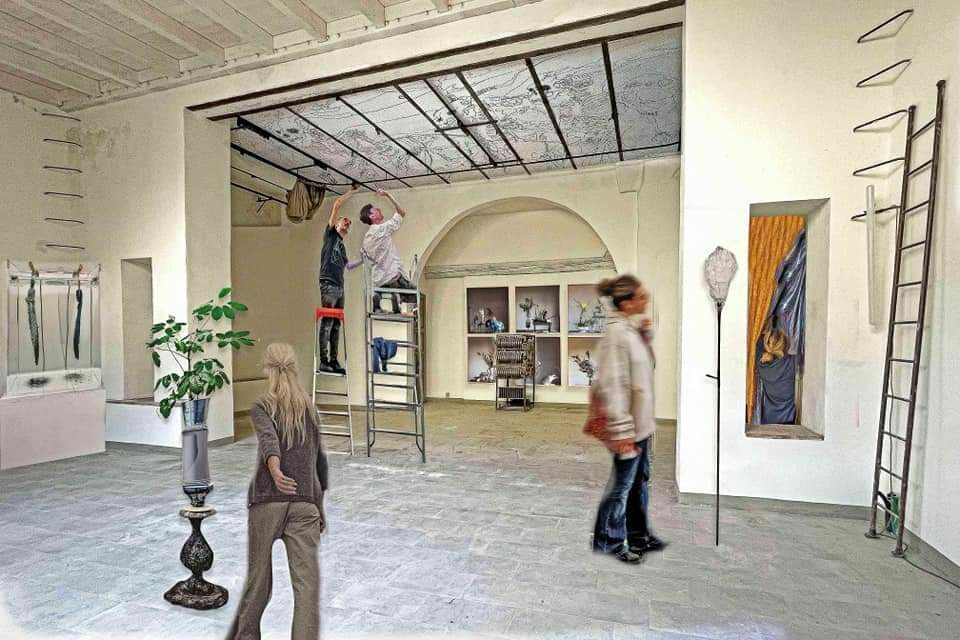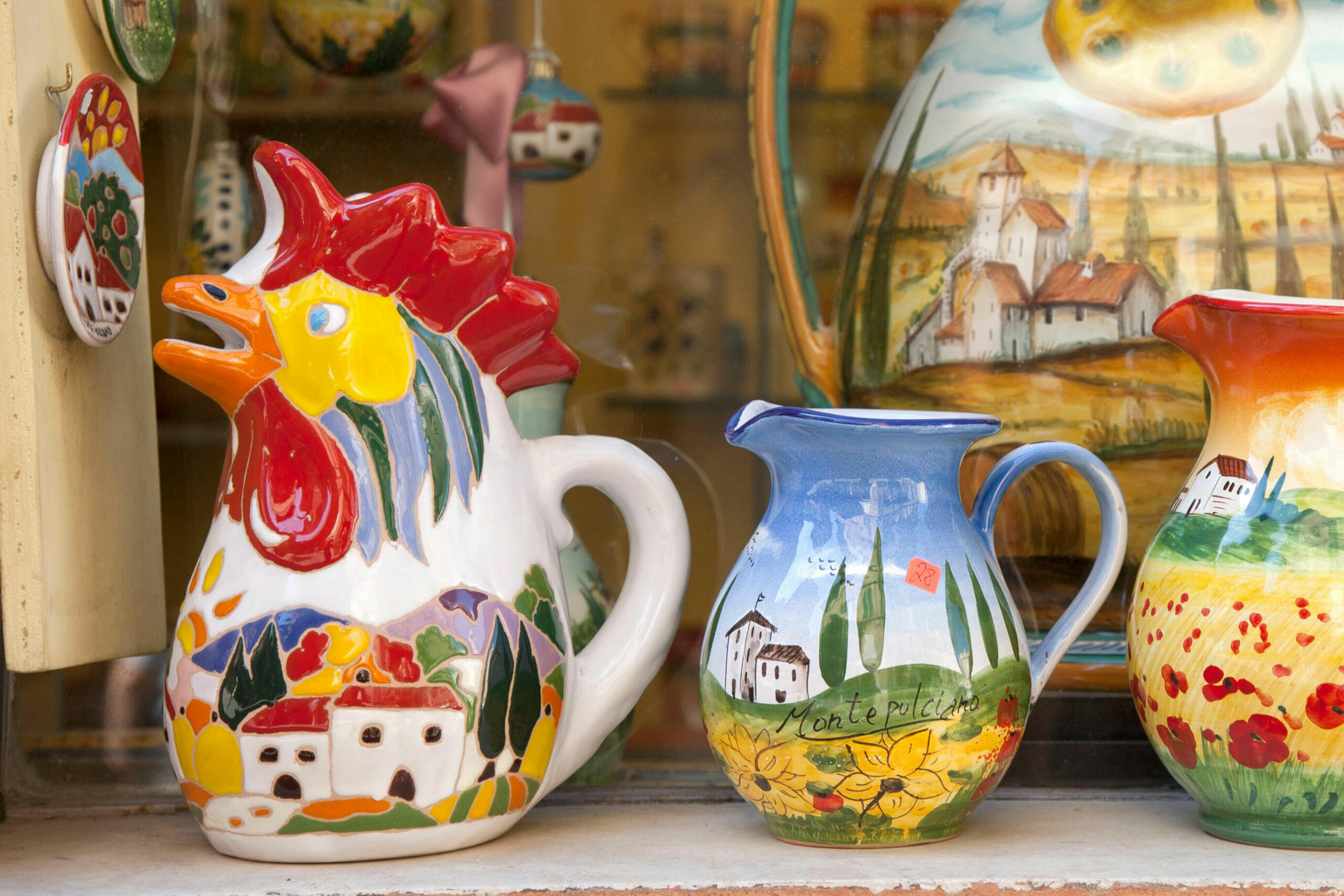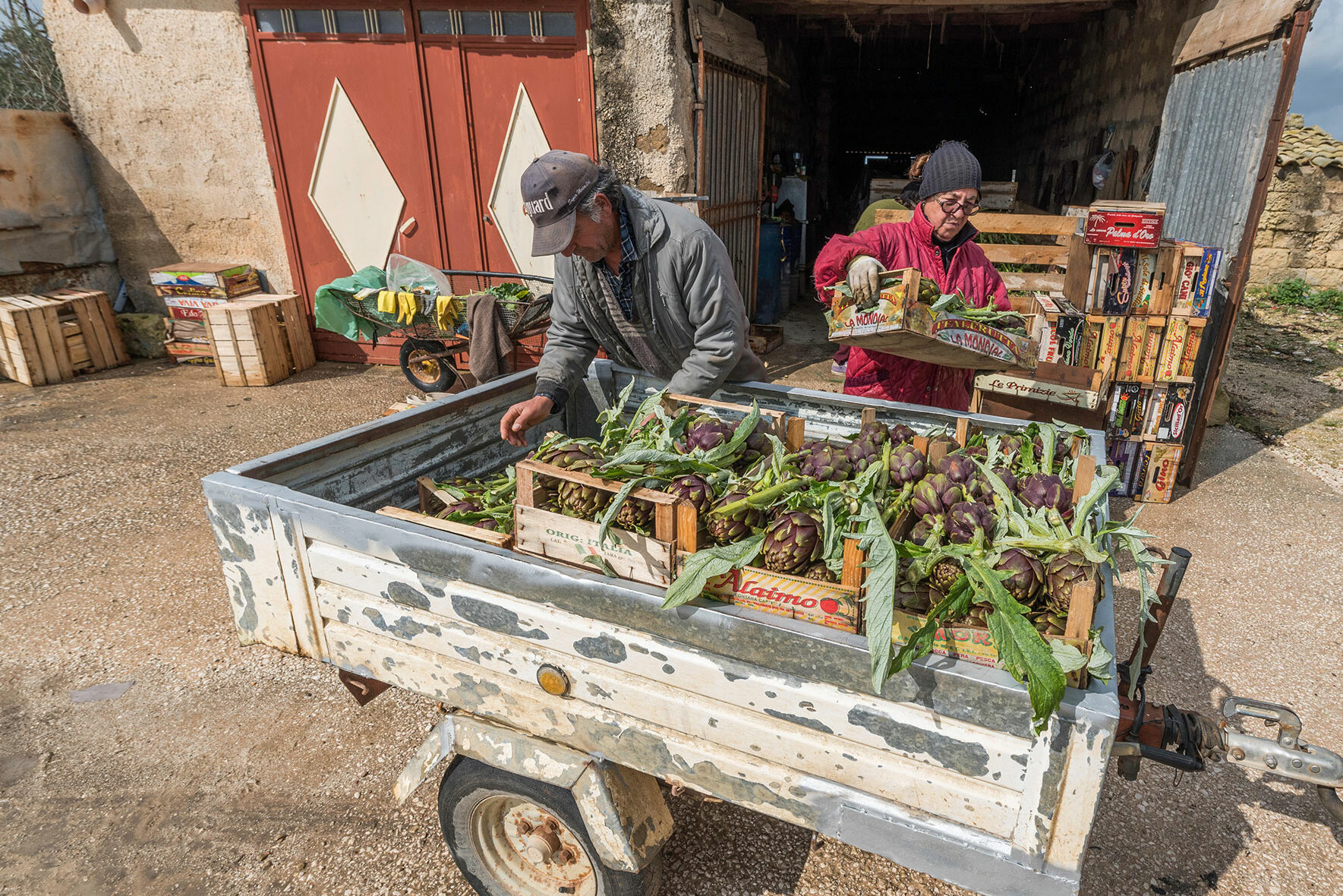Technology represents today a powerful tool for challenging the political nature of the chronicles of the past, the one we learn as truth at school. The history of “old Europe” is something that it is usually taken for granted. Unless we have the opportunity to explore it from a different perspective. This is what Diego Calaon is doing while studying the history of Venice. Awarded with the Marie Curie International Outgoing Fellowship by the EU in 2014 for the project “Voices of Venice”, Diego had the opportunity to move out the Old Continent and chose one of the best academic centers in the world for archaeological theory, the Stanford University in Palo Alto.
Using fresh archaeological evidence from Torcello and past excavations through a database and digital maps, Diego is trying to demonstrate the reasons why Venice suffers from its legends and how little people know about the history of one of the most studied cities in the world.
Diego, tell us your story.
As a post-classical archaeologist, I am currently directing a project in Torcello, in the Venice Lagoon. The excavation investigates the Late Antique and Early Middle Age origins of the “Serenissima”. I am also an associated researcher on the “Mauritian Archaeological Project,” where I study the archaeological impact of the labor diasporas between slavery and indenture system.
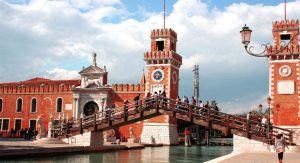
What does your research focus on?
I am working on a reassessment of the Origin of Venice, with an anthro-ecological perspective. Legends talk of Venice as a symbol of the end of the Roman Age. It represents the place where the noble Romans escaped. They rescued themselves from the barbarian hordes: the early Venetians would have been forced to move to unwelcoming islands among the marshes to be free and safe. Being surrounded by hostile waters would have been a choice to avoid robberies and plunders. Venice – the traditional historians say – became Byzantine and could resist the Lombard and the Carolingian wars. Venice’s freedom and prosperity would come from its independence, its Roman origins, and its ability to be different from the uncivilized German-Barbarians.
Why did you call it “Wood, Water, Slaves”? Which is the connection between these things?
Traditional historians have a hard time recognizing that almost 95% of the Early Venice was made of wood. Venice looked like much more a northern European trade hub than a Mediterranean late antique city. The only buildings that were built by reused Roman bricks, churches, survived. For many years, we studied and speculated about those relics, and we forgot that almost everything was timber made, from houses to vessels. The Venetians were not only great merchants but they were also technologically advanced in wood technologies. When forests on the tiny islands started to disappear, Venetians needed to develop an ecological consciousness very early. We tend to celebrate the early Venetians because they were rich, powerful, and able traders. We tend to underestimate that they were also bright landscape planners.
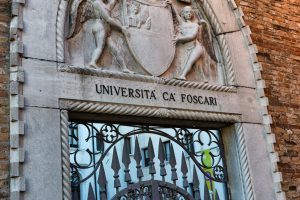
To reach their goals (diverting rivers, excavating channels, sawing trees, etc.), the early Venetians did not avoid to exploit local labor forces, controlling them limiting their freedom. The conquest of the Mediterranean economy was possible thanks to the supervision of the skilled labor forces employed in significant activities, such as ships construction, forest management, and channels/ports improvements. Venice is also the quintessential consequence of the fruitful encounter between the heirs of the classical Mediterranean world and the German North European traditions. Those contacts have been possible thanks to the water. Water was the road, water was the connection, water was the reason for prosperity.
How did you connect technology with history and archeology?
GIS analyses and database allow us to re-approach our past, identifying the location of the early settlements and comparing them with other contemporary lagoon sites. Equally, 3D technologies help a tentative material reconstruction of Early Venice. A comprehensive environmental approach suggests new reasons for Venice’s decline, such as the role of ecological sustainability. Modelling activities allow the reconstructions of the settled area and provide us with ideas about the social structure of the first Venetian communities.
Venice is unique for many reasons. Which is your favorite?
The fragile equilibrium between water and land, nature forces and human activities. When people ask me if is it true that Venice is sinking, I reply: “No. It is not sinking. Sea waters levels are higher and higher”. The problem is that we stopped to raise up the city. We decided to preserve it like it was, crystallized in its past.
After your research is completed, do you expect people who read it to look at Venice with different eyes?
Sustainability, ecology, migration, labor control: the history of Venice – but also the history of the Mediterranean in the Early Middle Age – can be rewritten considering a very contemporary perspective. I hope that being informed about the ecological awareness of the past would help rethink about current (un)sustainable tourism growth. We forget that the Venetians have changed. Today, too many sees water in Venice as only a scenic mirror where the beauty of the city is reflecting on. We forget about the maintenance of the fragile system, made of wood, stones and mud.

